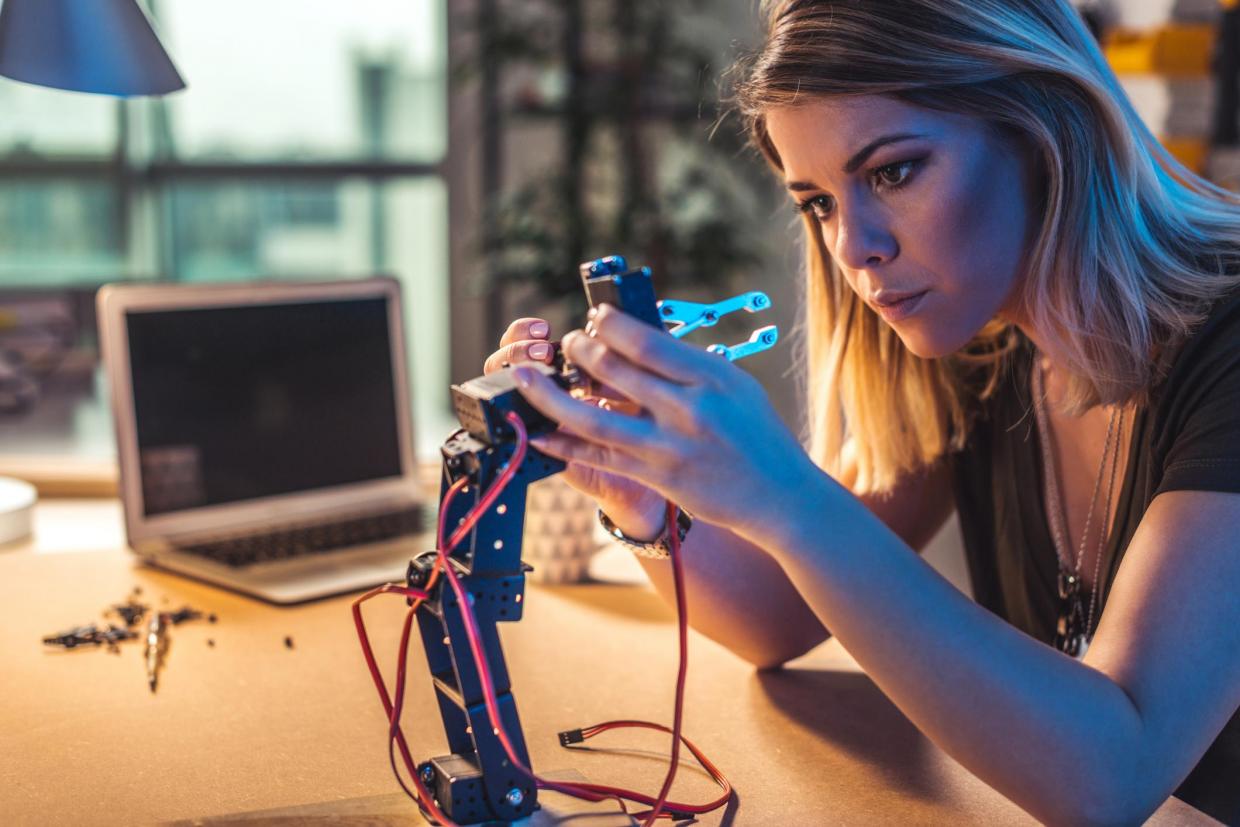BY KATHRYN McNEILLY
 Machines are becoming increasingly intelligent, storing and using data about us and our lives IMAGE/Getty
Machines are becoming increasingly intelligent, storing and using data about us and our lives IMAGE/Getty
Since the mid-20th century many have grown used to the idea of having human rights and how these can be used when those people feel they are being threatened. In particular, despite having a heritage stemming back further, contemporary understanding of these rights was largely formed in 1948. That’s when the Universal Declaration of Human Rights (UDHR) was created.
This milestone document sought to facilitate a new world order following the devastation of World War II. It declared all humans to be born free and equal. It committed states to protect rights such as those to life, to be free from torture, to work, and to an adequate standard of living.
These promises have since been cemented in international treaties, including the 1966 International Covenants on Civil and Political Rights and Economic, Social and Cultural Rights, and in regional instruments like the 1950 European Convention on Human Rights (ECHR).
More recently, however, states have started to think again. In the US, the first months of Donald Trump’s presidency have involved openly flouting international human rights commitments, most notably through a controversial travel ban targeting those from mainly Muslim countries and refugees.
There are reported moves by Facebook to create a brain-computer interface which will allow users to type just by thinking. Do human rights need to protect us from the artificial intelligence we ourselves created?
These developments raise important questions about what human rights are and what they should be in our changing world. Is it time to adapt them to our current reality? What should the human rights of the future look like? Our understanding of human rights, largely conceived in the 1940s–50s, is no longer tenable. We must be ready and willing to reassess what human rights are. Otherwise governments may do it for us.
Re-evaluating present rights for the future
The UDHR, the two subsequent International Covenants and the ECHR are foundational documents perceived to lay down the cornerstone provisions of what human rights are. These lists provided a map to navigate the problems of the time. Today’s context, however, is very different. As a result, these lists can no longer be viewed as sacred. They need re-evaluation for the future.
Scientific developments are changing how we relate to our bodies. We can extend human life like never before and use our bodies as commodities (such as by selling hair, blood, sperm or breast milk). In 2016, a 14-year-old girl asked for the right to cryogenically freeze her body. Such situations do not easily fit within the confines of traditional human rights provisions.
Machines are becoming increasingly intelligent, storing and using data about us and our lives. They even have the potential to infringe our cognitive liberty – our ability to control our own minds. This includes reported moves by Facebook to create a brain-computer interface which will allow users to type just by thinking. Do human rights need to protect us from the artificial intelligence we ourselves created?
Independent for more